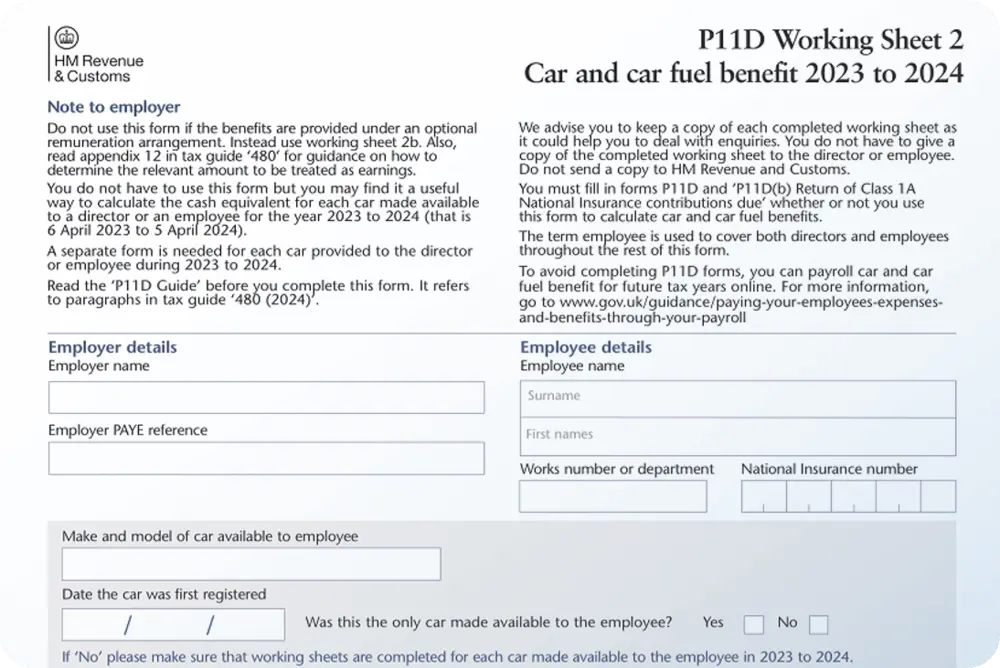Debits & credits explained
As a self-employed person or small business owner, getting a good grasp of accounting fundamentals can feel like an uphill task.
As accountants who specialise in small business needs, we're familiar with the challenges that you face-and have put together a series of articles to help you easily understand the basics of accounting.
We've touched on key accounting terms & concepts and the differences between bookkeeping and accounting. Below, we'll dive in to explain what debits and credits mean in accounting.
<p>As a <a href="https://goforma.com/self-employed" target="_blank">self-employed person</a> or small business owner, getting a good grasp of <a href="https://goforma.com/small-business-accounting" target="_blank">accounting fundamentals</a> can feel like an uphill task. </p><p>As <a href="https://www.goforma.com/packages/accountants-for-small-business-startups" target="_blank">accountants who specialise in small business needs</a>, we're familiar with the challenges that you face-and have put together a series of articles to help you easily understand the basics of accounting.<br></p><p>We've touched on <a href="https://www.goforma.com/small-business-accounting/31-accounting-terms-concepts-you-need-to-know" target="_blank">key accounting terms & concepts</a> and the <a href="https://www.goforma.com/small-business-accounting/bookkeeping-vs-accounting-differences" target="_blank">differences between bookkeeping and accounting</a>. Below, we'll dive in to explain what debits and credits mean in accounting.<br></p>
What are debits and credits?
When accounting for business transactions, the numbers are recorded in two accounts - the debit column on the left side, and the credit column on the right.
- Debit (DR): An accounting entry that either increases an asset or expense account, or decreases a liability or equity account.
- Credit (CR): An accounting entry that either increases a liability or equity account, or decreases an asset or expense account.
Why are debits and credits important?
Most businesses use double-entry bookkeeping to keep track of their transactions, and this requires a recording system using debits and credits.
When a transaction is recorded, a minimum of two accounts are impacted. A debit entry will be recorded against one account, while a credit entry will be recorded against another account. When the debits and credits for each accounting transaction are totaled up, these amounts need to be equal, in order for the transaction to be considered as “balanced”.
Here’s an example: the purchase of an office desk for £250 will be recorded as a debit entry (left side) in your asset account, as this represents an increase in your assets. Every debit has a corresponding credit, and in this case, you’ll record a credit entry (right side) of £250 in your bank account to reflect the outflow of cash for the purchase.
Debit and credit accounts
In the example above, we’ve outlined how debits and credits are recorded for asset accounts. Other common accounts include the expenses, liabilities, owner’s equity and revenue accounts - and we’ll dive into an example for each below:
Liability
In liability accounts, debits represent a decrease, while credits represent an increase.
If you’ve owed a vendor £500, and the payment is now due, transactions will be recorded in your accounts payable and cash accounts. The cash account will be debited to reflect a cash outflow (to pay off the debt), while the accounts payable will be debited to reflect a decrease in debt (from having paid off the bill).
Owner’s Equity
When it comes to recording journal entries, owner’s equity accounts are treated in the same manner as liability accounts. Debits represent a decrease, while credits represent an increase.
Let’s say you’ve decided to invest an additional £15,000 into your business. This will impact your cash and owner’s equity accounts; the former will be debited to reflect an increase in assets, while the latter will be credited to represent the increase in your capital contribution.
Expense
An increase in an expense account is recorded as a debit, while a decrease is recorded as a credit entry.
If you’ve purchased office supplies for £100 using cash, your expense account will be debited to reflect the increase in expenses. You’ll then credit your cash account to reflect the outflow of cash for the purchase.
Revenue
For revenue accounts, increases are recorded as credit entries, while decreases are reflected as debit entries. If your business made cash sales of £2,000 in a given day, entries will be made in both the sales revenue and cash accounts.
There will be a credit entry of £2,000 in your sales revenue account, while a debit entry of £2,000 will be recorded in your cash account to reflect the inflow of cash (increase in asset).











%20(1).webp)
























.webp)